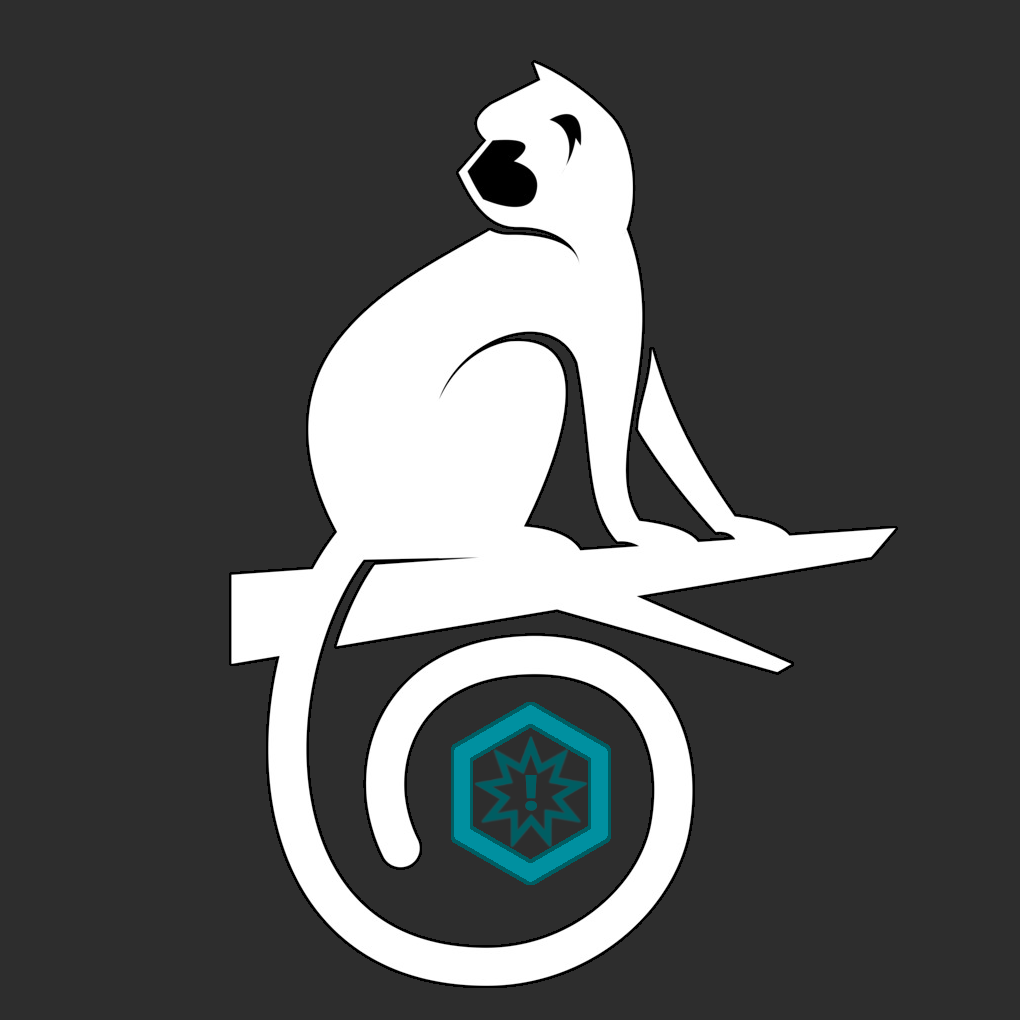This (excluding the introduction) is the first article of the series “Advanced feature token placement in flex and hold objectives playstyle“.
Let’s start talking about when you have 3 objectives. As we said in the introduction, apart from the opponent, you always want to have as many objectives as possible far from the enemy fighters and next to yours. To do this, you can use 3 tactics: Δ tactic, V tactic and Edge Trap tactic.
Having 3 objectives is usually the main choice against a hold objectives opponent and the secondary choice against an aggro opponent.
Remember that in these articles we use the “conventions” you can see in the paragraph “Practicality” at the end of the Introduction you can find here
Δ tactic
This tactic always lets you have 1 objective a little exposed in line 2, but also 2 safe objectives in line 4. You will place your 3 objectives in a way that, connected by an imaginary line, they form a Δ. In this way you already know that your opponent will probably try to come to you, and so you can organize your defense, making your warband very compact and controlling the safe objectives in line 4. The center of the battle will be where you already are, so you will have the upper hand.
To use this tactic, you need a particular board that we can call “Δ board”, like The Cursed Oubliette you can see in the pictures below oriented in the 2 different ways. In both orientations, each Δ board has the hex 4, line 2 empty (we can call it upper vertex, in the pictures highlighted in yellow and by a guard token), as well as the hexes 2 and 6, line 4 (the bases, in the pictures highlighted in yellow and by a yellow token).

Regardless of the orientation your opponent decides to give to your board, a Δ board will almost always allow you to place the objectives in the spots highlighted in yellow. Your opponent has a very limited possibility to disrupt your placement, but I don’t think it’s worth it, because doing that you will have 4 objectives in your territory as we will see in the pictures below.
The following picture tells you where to place the first objective: By placing it there in the upper vertex, you can see that you will block the positioning of other objectives in many hexes (highlighted by a wound token) and this would in fact make it impossible for your opponent to disrupt your positioning.

Continuing with the positioning, in the pictures below we can see feature tokens with a number: That number tells you which objective to place first and so on; the first is the objective number 1, then the number 3 after the opponent’s first objective (the gloom token number 2 you can see in the right picture) and then number 5, after the opponent’s second one. In the left picture your opponent doesn’t try to disrupt your configuration, in the right one he tries doing it, but as we were telling before this action makes you have 4 objectives in your territory.

According to the playstyle of your opponent, you will select a more offensive or defensive Δ board, depending on the position of starting, lethal and blocked hexes. Unfortunately, there aren’t many Δ boards, but you can also do a suboptimal Δ tactic with a board that has one or more of the objective spots one hex nearer to the enemy territory if, despite this, your opponent can’t disrupt your positioning effectively. It can be okay if the board you chose has strategic starting hexes. Against a hold objective player, you can use The Cursed Oubliette or, for example, Menhirs of Binding. As you can see in the pictures below, this last board is a very good suboptimal Δ board that gives you many safe starting hexes, and so it can be used even against an aggro opponent.

Another quite good suboptimal Δ board is Profane Larder as you can see in the pictures below.

Technically your opponent can try to disrupt your positioning if they select the orientation in the second picture, but it won’t be very effective as you can see in the following pictures that show the three most “effective” disruption attempts they can make (the gloom token number 2 is the first objective they place). The example in the last picture is the best your opponent can do, but it is very difficult they can think about that, unless they are very expert and think about that token placement a lot or they read this article.

This tactic will work in the same way if your opponent puts off-set boards because they won’t be able to destroy your formation anyway.
It will work even if your opponent chooses a long-board configuration, but in this case your opponent can break your formation by opening the Δ. It’s a little worse because you will have one objective farther from the others, but the other two will be in a very safe position. You can see 2 different options about this in next pictures: in the first the opponent doesn’t disrupt your objective placing, in the second they do it with their first objective (the gloom token with the number 2).

Anyway, if your boards have an appropriate empty hexes configuration, you should be able to do the Edge Trap tactic (we will talk about it another day) that will provide you with a better objectives placement.
This is all for today, I hope you found this article interesting, and if you want to know more about feature token placement, don’t miss the next article about the “V tactic” we are going to post on Sunday, February 27 :).


Leave a comment